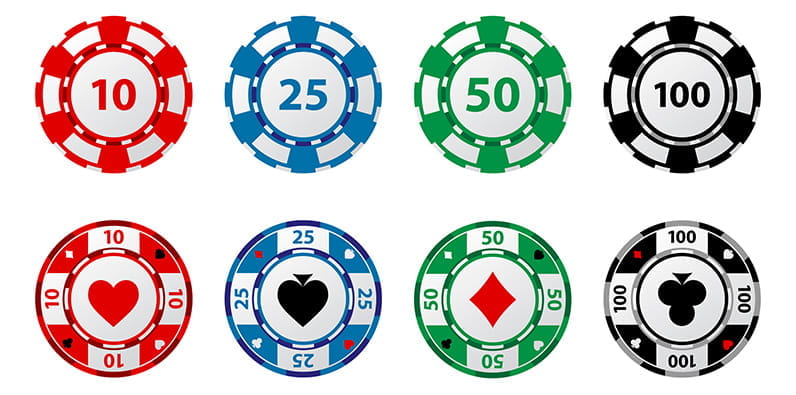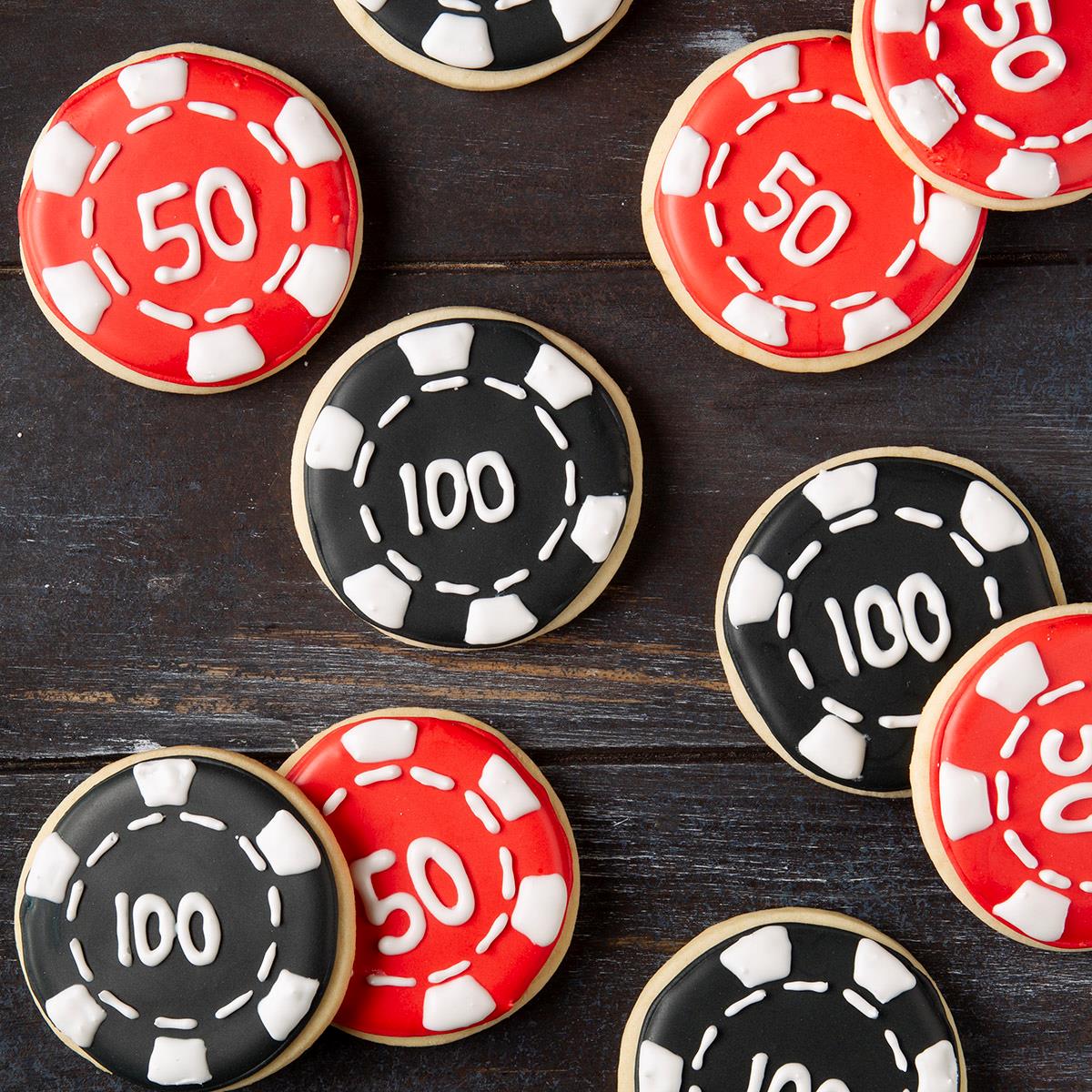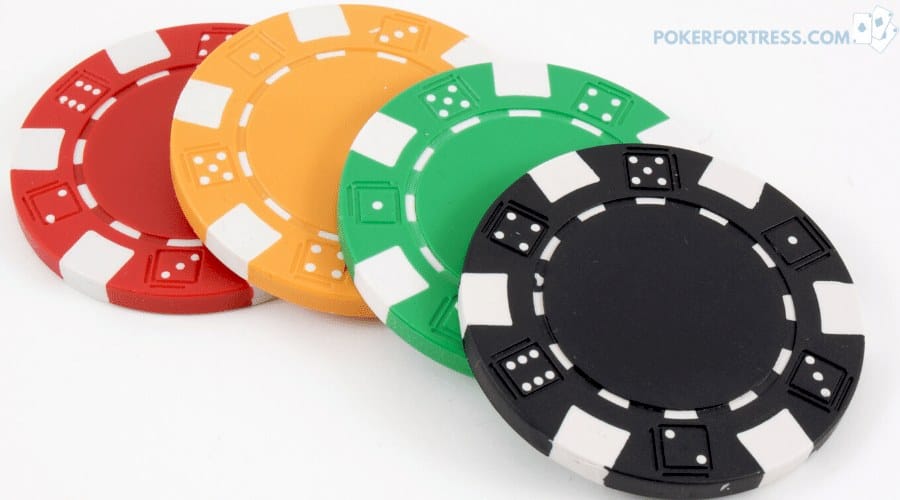Different Types Of Poker Chips
Before the poker boom of the 2000s, these might be the type of chips you’d see at your father’s penny-ante poker game with friends. They were available at grocery stores and other retail shops and came in the traditional red, white, and blue, but could be found in different colours as well. Heavy clay composite chips have the look and feel of authentic casino chips, making them great for poker enthusiasts. Composite chips made of heavy compressed plastic have a more slippery feel and make a harder clicking sound compared to clay composite chips. Carry cases designed with sponge linings help to protect poker chips. Poker is not just a card game, but a game of people played with cards. As you progress through the stages towards poker expertise, you will experience moments when you realize how powerful this statement is. In this lesson we’ll be looking at some of the basic poker playing styles that exist and how to spot them.
Poker chips come in all shapes and sizes and are an essential part of any poker game, be it Texas Hold'em, Omaha or 5 Card Draw. Understanding the different types of poker chips will help you determine which chips land-based casinos prefer as well as which chips to purchase for poker games at home. Let’s start by looking at the different types of poker chips available:
- ZJW 100 Poker Chip with Acrylic Case, 11.5 Gram Striped Dice Poker Chips, 5 Colors, 20 for Each Color. 4.3 out of 5 stars 6.
- Poker chips are available in different colors, with each color being equivalent to a certain amount of money. Today, they are the only type of money accepted in most commercial poker rooms.
Plastic Poker Chips

Plastic chips are the most inexpensive poker chips available. Although there are many different types of plastic chips on the market, “dice chips” are quite easily the most popular and have a ring of card suits or dice around the edges. In most cases, plastic chips will contain a metal insert in the middle to give them added weight and will often have a slippery plastic feel and have a slight metallic clink compared to quality poker chips. Plastic poker chips are additionally available in a variety of colors than what’s needed and, although they are much cheaper than other poker chips, they do get the job done, especially when used as home poker chips. For the more discerning poker player, however, nothing but the best will do, such as ceramic or clay chips.
Ceramic Poker Chips
Ceramic poker chips are casino grade poker chips and are 8 to 11.5 grams in weight and about 39mm in diameter. These chips are often made from a special resin similar to ceramic or porcelain using injection moulding. The most basic characteristic of ceramic poker chips is their designs, which are printed directly to the ceramic to prevent peeling or fading. As a result, ceramic chips are fully customizable to suit the needs of the land-based casino. What’s more, land-based casinos often prefer ceramic chips to clay chips because of their durability. It’s worth mentioning that ceramic chips are available to the home poker market, offering discerning poker players a much more sophisticated alternative to plastic sets.
Clay Poker Chips
Clay chips are the most esteemed of all poker chips and are synonymous with professional casino quality and texture. The basic design of clay poker chips includes a depressed round middle, or inlay, while the outside comprises of special mould designs. Clay poker chips can sometimes be striped around the edges with contrasting colors to the colors to the main colors of the chip. The clay poker chips used at land-based casinos generally are not pure clay anymore; they are made from a composition of clay and other materials, including chalk and sand, which are manufactured under extreme heat to bind the materials together. Why, you ask? Traditional clay poker chips are rather expensive to manufacture and are more likely to develop dents and other disfigurements.
Colors and Variations
There is no universal or standard color scheme for poker chips, nor will you find two land-based casinos with the same designs and variations. The colors found in the typical home set include white, black, red, green and blue, while other lower cost plastic sets have included pink, yellow, orange and gray. Some land-based casinos, especially those located in Las Vegas, embed their poker chips with ID tags to better keep track of them while making chips harder to counterfeit. Also, it is not uncommon for casinos to introduce “limited edition” poker chips, including metal poker chips, in order to encourage poker players to keep them as souvenirs, at a profit to the casino of course.


Poker Chips at the WSOP
The WSOP uses Paulson chips, amongst others. These are unslugged clay chips that weigh around 10 grams. During the 2016 main event, the yellow 1,000,000 poker was introduced, which was about 5mm larger in diameter.
Different Types Of Poker Chips
Will poker chips from Paulson be used again at the 2017 World Series of Poker? More importantly, who will win the 2017 main event?

According to the WSOP website, the $10,000 buy in No-Limit Hold’em WSOP Main Event World Championship will kick-off on 8 July. The Main Event will play down to a final table of nine on 17 July, when a new champion will be decided. Check out the odds of winning as well as the odds of popular poker players at this year’s Main Event.
Different Kinds Of Poker Chips
In 2016, the WSOP Main Event was won by Qui Nguyen, which earned him his first WSOP bracelet and $8,005,310 in winnings. At the time, very few expected Nguyen, a Las Vegas resident, to outplay his opponents, especially considering that he had had only one previous WSOP cash-in, while his biggest live tournament cash before the 2016 WSOP was for $9,029. In comparison to his final table opponents, most notably Cliff Josephy, with two WSOP bracelets and 17 previous WSOP cashes, Nguyen did what no-one expected: he became the champion after an intense eight-hour heads up match against second place runner-up, Gordon Vayo. Will Qui Nguyen be able to repeat his 2016 success? Only the cards (and chips) will tell!